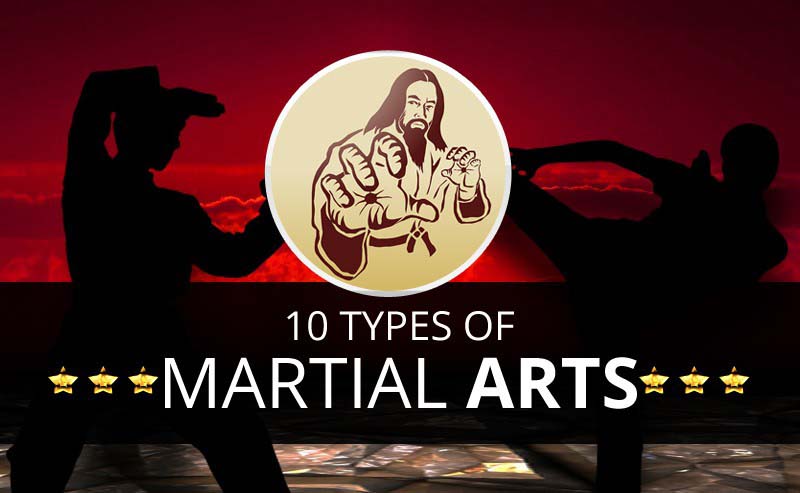Martial arts have a fascinating history that spans centuries and continents. You may locate it appealing how ancient techniques like Shuai Jiao and Kalaripayattu laid the groundwork for modern-day fight techniques. These disciplines not only stress physical skills but likewise show the cultures that birthed them. As you explore their development, take into consideration just how globalization has transformed these standard forms into hybrid styles. What influences do you believe have formed today's martial arts landscape?
Ancient Martial arts: The Structures of Battle
As you look into the world of old martial arts, you'll uncover the rich foundations that shaped combat techniques across cultures. Very early techniques concentrated on Self-Defense and survival, usually incorporating strikes, grappling, and weaponry.
In old China, as an example, methods like Shuai Jiao highlighted throws and joint locks, while India's Kalaripayattu showcased agility and liquid activity. Japanese samurai established Kenjutsu, a refined swordsmanship that highlighted technique and method.
These martial arts served not just for battle but also as a way of personal development, instilling worths like regard and willpower. https://martial-arts-for-kids-lic04814.59bloggers.com/35964936/kickstart-your-trip-joining-a-martial-arts-academy-for-beginners blending of these methods with time laid the groundwork for the varied martial arts you see today, each mirroring the distinct philosophies and needs of its culture.
The Social Impact on Martial Arts Growth
While martial arts typically show the functional needs of a society, they additionally personify the cultural worths and beliefs of their origins. When you explore various martial arts, you'll notice how they're affected by religion, viewpoint, and social standards.
As an example, the emphasis on regard and technique in Japanese martial arts stems from Zen Buddhism and samurai culture. On the other hand, Brazilian Jiu-Jitsu promotes adaptability and technique, formed by the demand for performance in a diverse, multicultural setting.
best martial arts to learn for older adults might find that the routines, attires, and training methods reflect a neighborhood's background and identification. By understanding these cultural impacts, you strengthen your recognition of martial arts and their function fit human experiences across the globe.
Modern Adaptations and the Globalization of Martial arts
Martial arts have transformed substantially in recent decades, adjusting to modern culture and international influences. You'll see that conventional kinds have combined with contemporary strategies, producing hybrid styles like mixed martial arts. These adjustments cater to diverse audiences, making martial arts easily accessible and attractive globally.
With the increase of social networks and digital platforms, you can find tutorials and competitors from all edges of the globe, damaging geographical barriers. This globalization has brought about a shared gratitude for different techniques, from Brazilian Jiu-Jitsu to Taekwondo.
As https://collider.com/karate-kid-franchise-in-order-how-to-watch-co/ engage with these arts, you'll realize they're not almost combat; they advertise physical fitness, technique, and psychological wellness.
Eventually, modern-day adaptations have actually enhanced the martial arts landscape, making it a vibrant and advancing technique.
Conclusion
In exploring the background and evolution of martial arts, you reveal a remarkable blend of strategies, societies, and viewpoints. From ancient disciplines like Shuai Jiao and Kalaripayattu to the modern-day versatility seen in MMA, martial arts reflect humanity's pursuit for Self-Defense and personal growth. As you involve with these practices, you not only get skills yet likewise a much deeper recognition for the diverse traditions that form our globe today. So, proceed your journey and embrace the art of fight!
